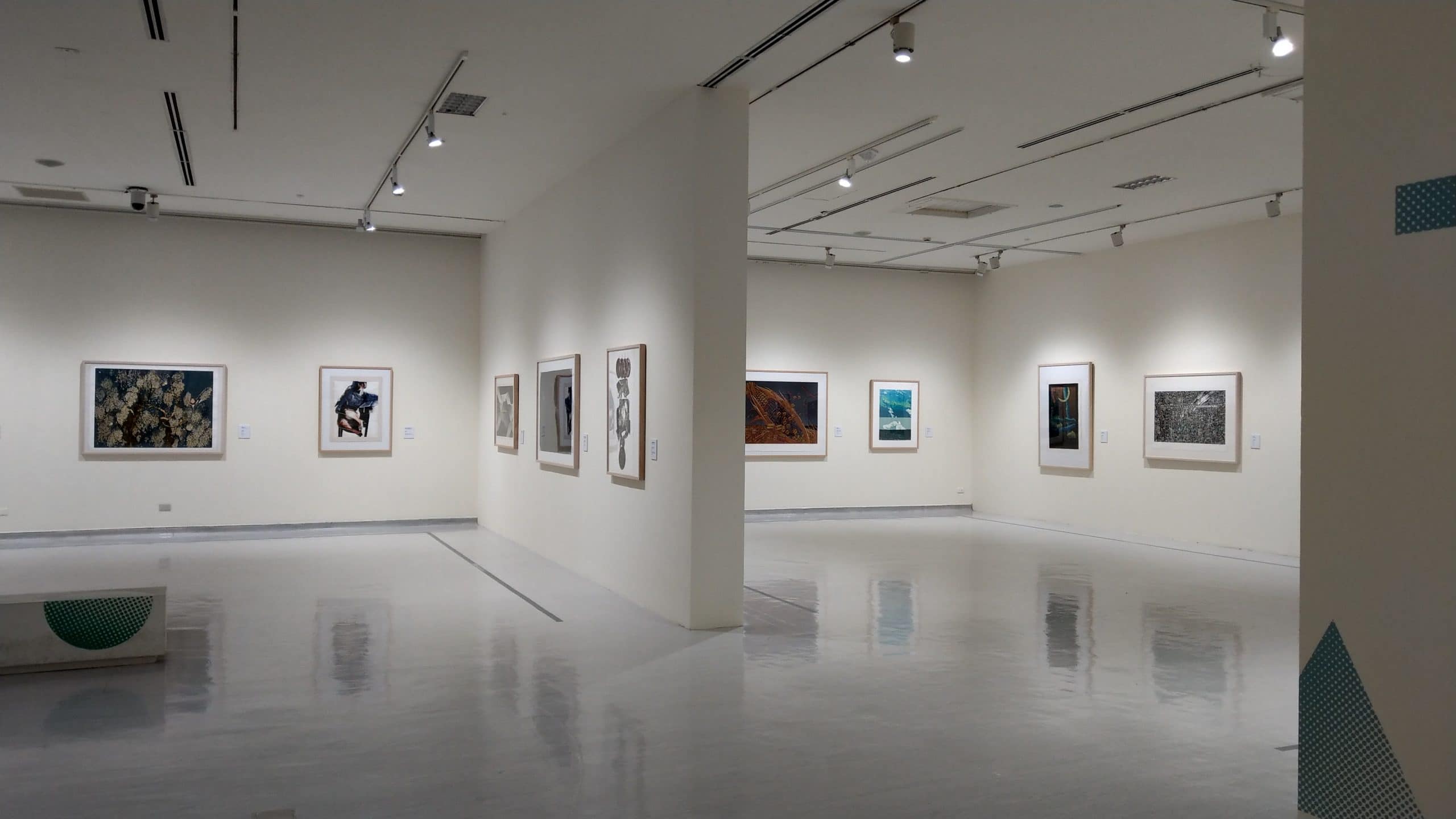Can art exist for its own sake? “Art for art’s sake?” I submit that no, it cannot. And for the simple reason that art is always a response to something.
This runs the gamut:
- The kindergarten student drawing stick figures of her family in response to the teacher’s instructions
- George Frederic Handel writing anthems in response to a commission for George II’s coronation
- Lin-Manuel Miranda writing the musical Hamilton in response to Ron Chernow’s biography of Alexander Hamilton
- Kehinde Wiley painting Barack Obama in response to the commission to create the former president’s official portrait
- All the myriad musicians, visual artists, and poets creating new works in the last few months in response to the COVID-19 pandemic
By definition, then, art cannot exist in a vacuum. Whether by assignment or by personal stroke of inspiration, all art is a response to some event, some person, some assignment, or some previous piece of art.
All art is a response to some event, some person, some assignment, or some previous piece of art.
Does that make art just another form of communication? I would omit “just,” because no form of communication is “just” another; each has its unique strengths and purposes. Videoconferencing might have been “just a gimmick” twelve months ago, but it has enabled an unanticipated amount of productivity and even continuity of commerce and relationships for months now. Communication thus does not merely consist of exchanging information, although it does include that transactional function.
Communication is also the foundation of relationships. And communication is not just (word intended) that which is spoken or written. Even in the distortion of videoconferencing, one can notice body language, facial expressions, and silence, and make interpretations.
But back to art. What makes these responses and pieces of communication art, that is, more than mere communication? Simply, its form. Form is what defines art. Of course art has to say something. But art is not the only way to say something. Art must also be something.
Art takes the fact of that kindergartener’s parents and siblings and dog, and makes it something visual that carries the student’s experience and perception of her family. Art takes the mood of communities experiencing death, sickness, and hardship during the pandemic, and creates poems, paintings, and songs. Each medium has its proprietary structures and materials, and those forms preserve for future generations – sharing across communities – the feelings and responses each community has to its reality.
Some might say that what I have laid out here reduces the value of art. I disagree; I think art’s meaning is heightened by knowledge of the context in which it originated. Art is part of how we tell our stories, how we tell humanity’s stories: stories of hope and despair, of joy and sorrow, of sin and grace, of a fallen but not forsaken humanity on the road to redemption.
Reality Changing Observations:
- What are some of your favorite pieces of art? What were those artists responding to?
- Think about a time – perhaps in elementary school, or something more recent – when you created something artistic. What were you responding to in your creativity?
- How might you expand your understanding of what it means to communicate, to tell stories?





